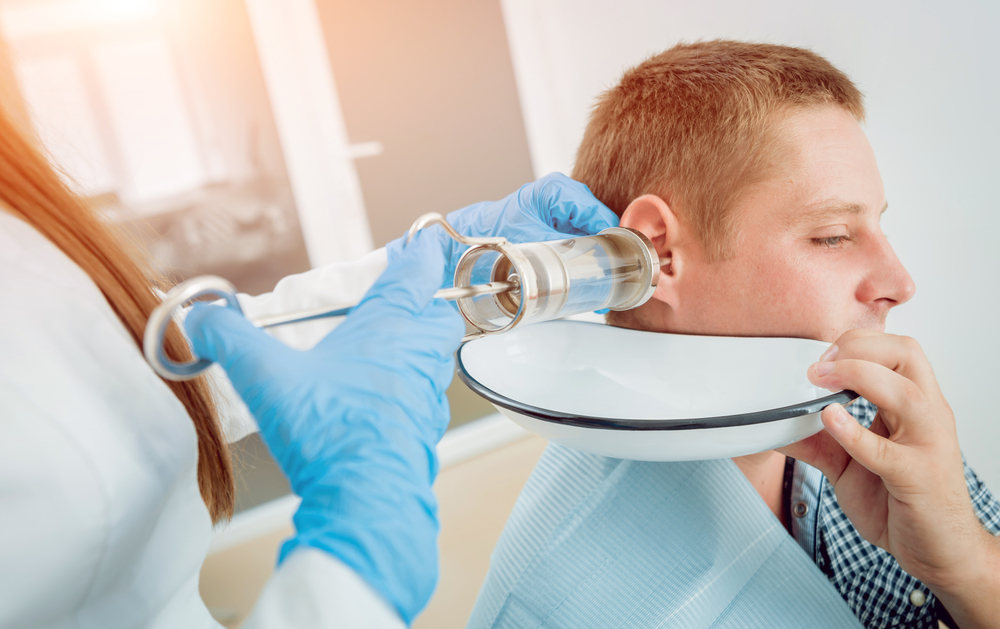
Tips to Remember as You Grow Older
July 4, 2018
How to “Clean” Your Ears Safely
October 9, 2018Ways to Prevent Swimmer’s Ear

Young australian swimmer woman isolated on yellow background covering ears with hands.
When it’s warm outside, most of us enjoy heading to the water. There’s nothing like spending a hot summer day at the beach, the lake, or the pool. However, a fun day can turn irritating quickly with the presence of water in our ears. Here are some tips to consider when you’re out in the water.
- Refrain from putting objects in your ears. This only makes the problem worse, as the object will push debris and wax deeper into the ear, putting your ear canal at risk of becoming damaged.
- Stay away from water that is high in bacteria. The more bacteria in the water, the more you are at risk of developing an infection. Sometimes it may be difficult to determine how dirty a certain body of water is; search the area for “No Swimming” or “High Bacteria Level” signs before entering. If the water looks dirty or murky, it may be fine to swim in. But if you aren’t sure and you don’t see any warning signs, it may be best to find somewhere else to swim.
- Dry yourself immediately after contact. Gently use a towel to dry your ears after coming in contact with water. This will help reduce your chances of bacteria growth forming in the ear, resulting in an ear infection.
- Utilize swim plugs. These are great at reducing the amount of water that can get into your ears while swimming. It’s up to you, however, to determine which type you prefer – one size fits all or custom-fit plugs. One size fits all can easily be found in stores; custom-fit plugs have to be specially made by your audiologist in order to fit your ears.


